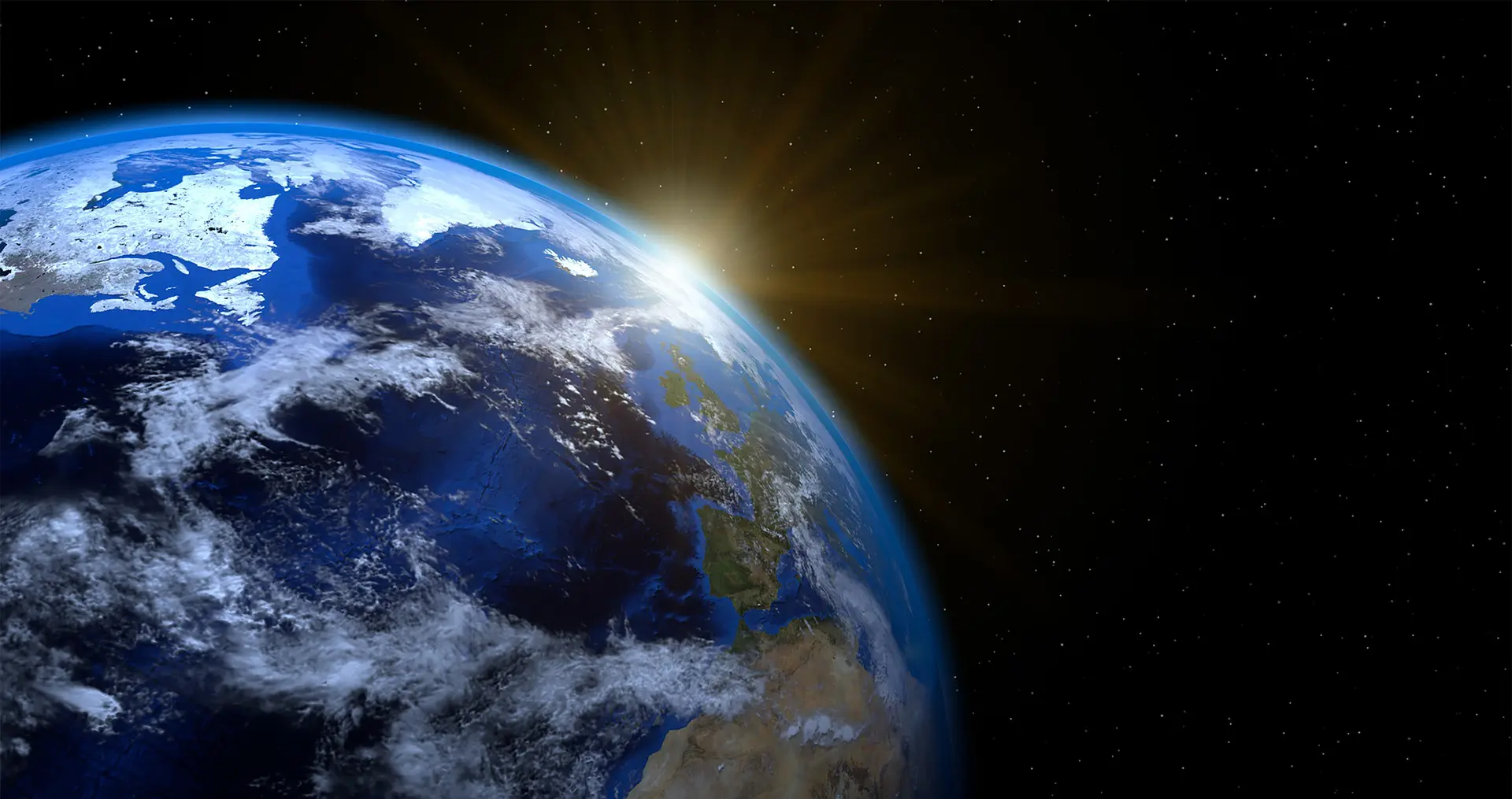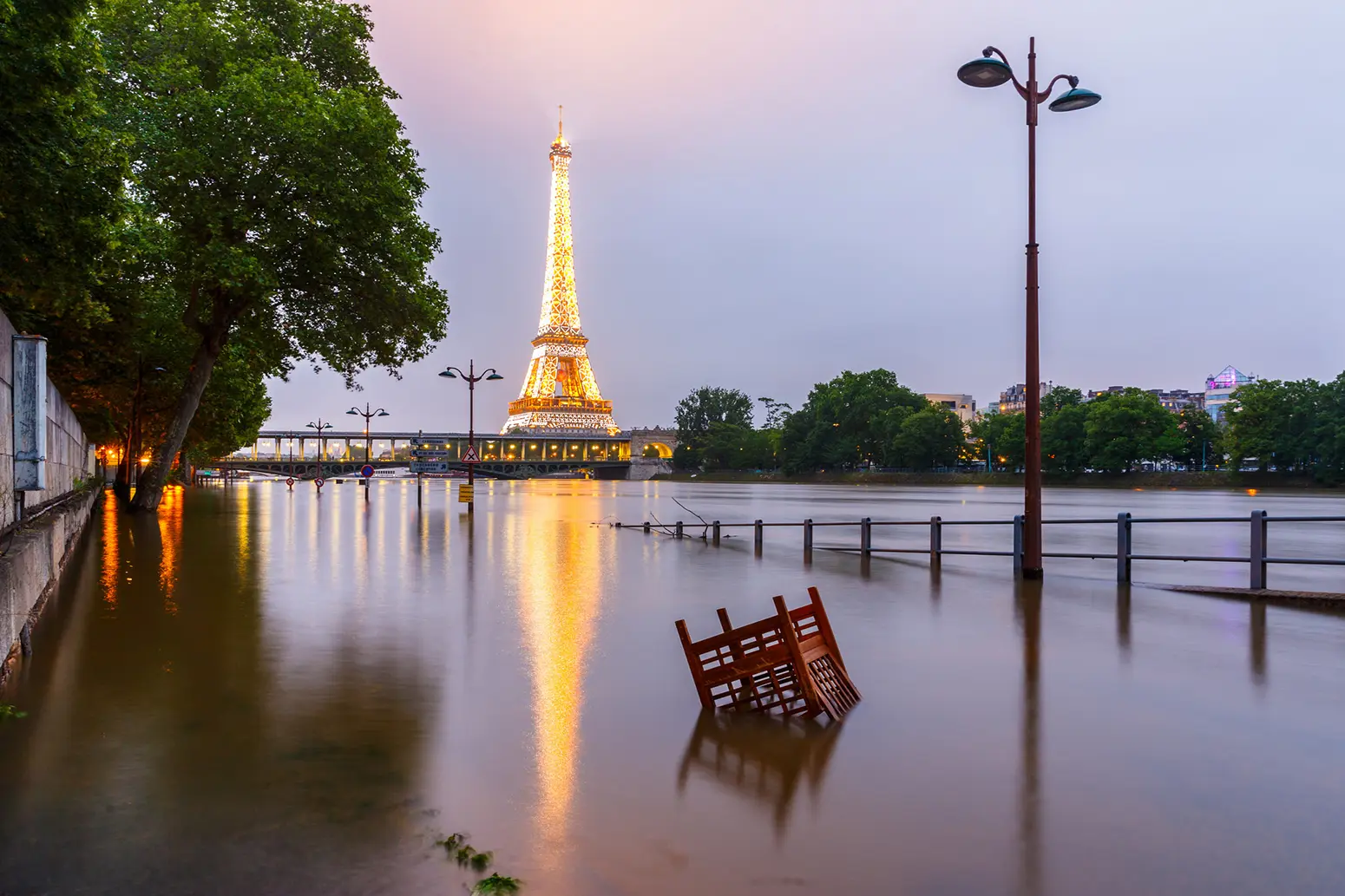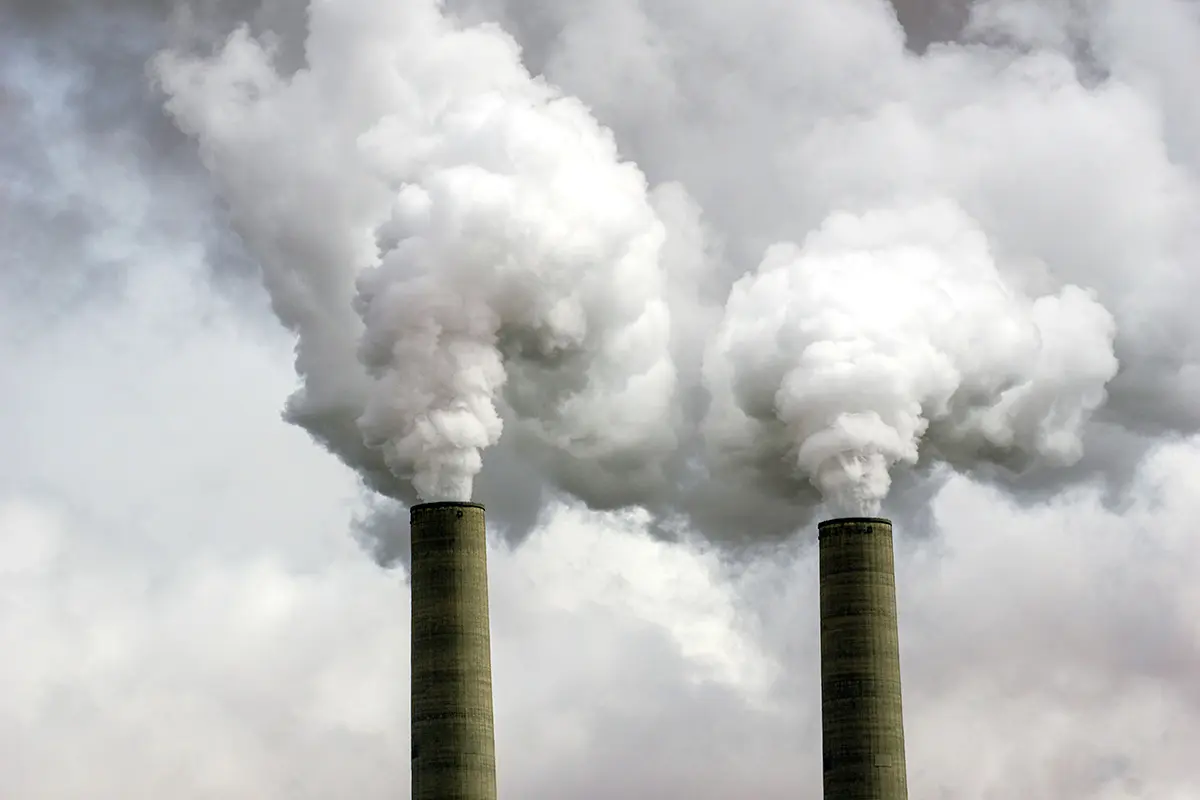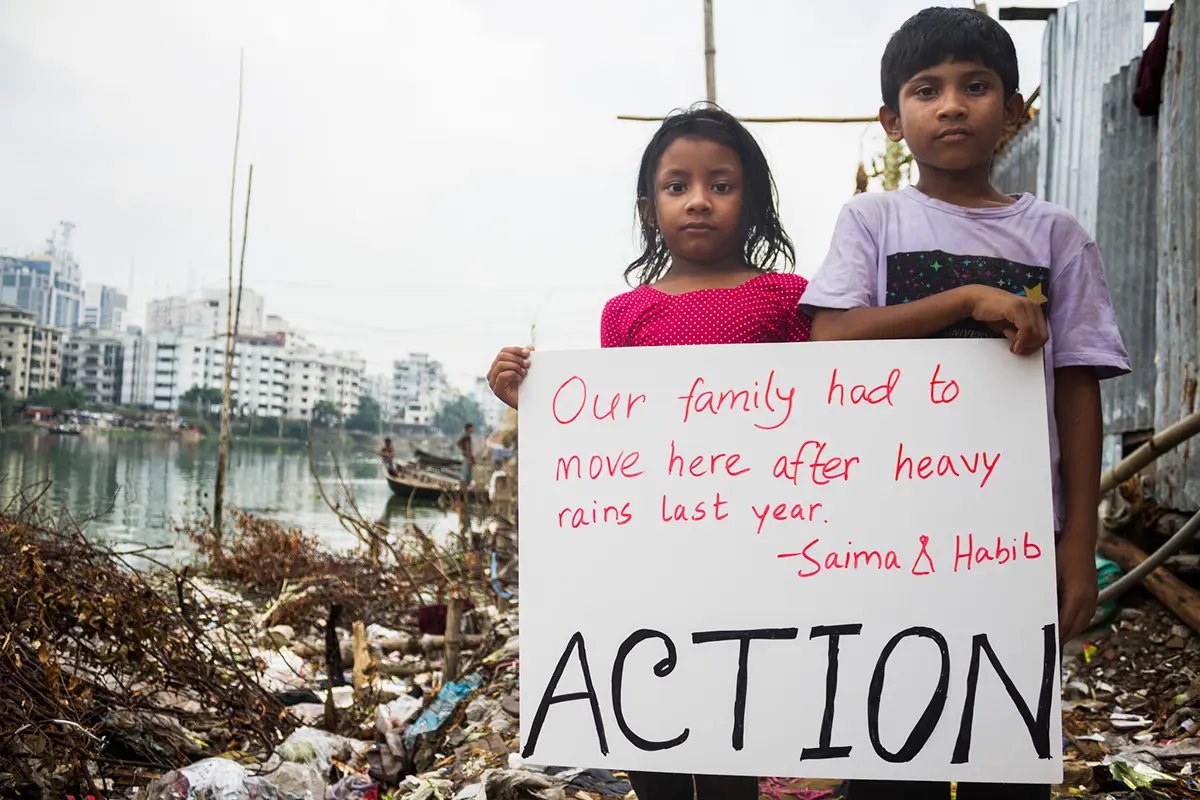How on earth did we cause the climate crisis?
A closer look at physical and manmade energy processes

Undoubtedly, we find ourselves in a precarious situation. We’re bombarded daily with news about melting glaciers, scorching heatwaves, and other extreme weather events. It’s natural to wonder how we unintentionally ended up in this environmental mess. This article aims to unravel the roots of the climate crisis. It’s a journey of understanding how our interaction with nature and the energy processes at play have led us to where we are today.
Please note that the Swedish and Dutch versions on our website are automatically generated from the original English content. I apologize for any inconvenience this may cause and am working to improve this in the future.
As I’m not a professional scientist, I believe I can offer a perspective that helps others understand these concepts. My recent studies in basic physics and biology at the local adult education centre reflect an opportunity that many of us from older generations didn’t have during our school years. It was a time of limited environmental awareness, and the looming climate crisis was not yet on anyone’s radar.
Upon moving to Sweden, I found myself in an educational environment where this crucial knowledge was readily accessible. Mastering a foreign language for my Communication and Design profession allowed me to dive into physics and biology at the gymnasium level. With the guidance of excellent teachers and the advantage of a more mature perspective, I put in dedicated effort to grasp the subjects. Given my passion for permaculture, this opportunity has been uniquely valuable.
Reckoning with our role in the climate crisis
Returning to the pressing issue at hand: the climate crisis and how we caused it. Today, we often consider nature priceless as we exploit oceans, forests, soil, and biodiversity in an unsustainable manner. Our economy operates on the assumption that there are no limits to the extraction of natural resources, and that nature’s capacity to manage our waste is boundless. This perspective finds its roots in the industrialization of the 18th century, when advances in science and technology fostered a view of nature in which mankind could become its master.1 However, it has become increasingly evident that thriving societies are fundamentally reliant on well-functioning ecosystems for their sustenance.
After centuries of hard work and survival, we became captivated by the potential of our inventions to enhance comfort. In doing so, we inadvertently overlooked a crucial truth: we are, and always will be, an integral part of nature. The origins of manmade global warming can be traced back to the foundations of our Western civilizations. This underscores why the Paris Climate Agreement emphasizes that global temperature rise must not exceed 1.5°C above pre-industrial levels. However, eight years since committing to this objective, it has become painfully clear that we are not making the progress needed for its implementation, potentially leading to catastrophic consequences for all sentient beings on Earth.

Energy use in modern society
Today’s most prosperous human societies consume large amounts of energy. But as you should know, energy cannot be created or destroyed, only transformed. This is why we can’t simply say we ‘consume energy,’ even if our electricity bill might suggest so. What really happens is a complicated process of change. Energy shifts from useful forms like electricity and movement to less useful forms, eventually becoming heat, which isn’t as versatile.
In the realm of physics, this concept is termed ‘exergy’. It underscores that while energy remains constant, its quality can diminish.2 When considering energy within the context of the climate crisis, our thoughts often turn to fossil fuels like oil, coal, and gas. These resources become environmental concerns when we alter their state, such as refining oil into gasoline and burning it to power our daily commutes. Through this transformation, a significant portion of the energy input is redirected into less favorable outputs, generating heat and greenhouse gases.

The continuing energy cycle: from carbon capture to fossil fuels
While much attention is directed towards the impacts of energy processes that improve our daily lives, an even more intriguing aspect emerges: the origin of this energy, a journey that starts with green plants, algae, and certain bacteria. These organisms can flourish on carbon dioxide, water, and nutrients, as long as they also have access to sunlight. Through photosynthesis, sunlight is harnessed to create carbohydrates from carbon dioxide in the air and water absorbed from the soil. Essentially, plants build themselves from basic molecules. This becomes evident when we burn wood; the stored chemical energy transforms into radiant and thermal energy, offering us a glimpse into the intricate processes underlying our energy sources.
Fossil fuels are the remnants of once-living organisms that haven’t fully decomposed. After millions of years without being exposed to oxygen, high temperature and high pressure, some biological material is transformed into oil and natural gas, while other biological material becomes coal. When these fuels are consumed, they release energy, which we use to power our daily lives. This process involves a substantial rearrangement of atoms within molecules, resulting in the formation of carbon dioxide and water vapor, effectively returning these elements to their initial state. Unfortunately, this extensive conversion of chemically stored energy has led to a substantial surge in carbon emissions into the Earth’s atmosphere, exacerbating the greenhouse effect.
The Greenhouse Effect: a balancing act in the earth’s climate system
Thermal radiation from the Earth’s surface can be trapped by greenhouse gases like carbon dioxide in the atmosphere. This atmospheric phenomenon functions much like the way a greenhouse’s glass roof preserves heat, hence its name, the Greenhouse Effect. The primary greenhouse gases found in Earth’s atmosphere include water vapor (H2O), carbon dioxide (CO2), nitrous oxide (N2O), methane (CH4), and ozone (O3). These gases absorb and retain solar heat that would otherwise dissipate into space.

Without this natural greenhouse effect, our planet would be inhospitably cold, with an average temperature of approximately minus 18 degrees Celsius. However, the increasing concentration of greenhouse gases in the atmosphere leads to a heightened retention of heat, resulting in adverse temperature rises—what we identify as climate change. Carbon dioxide undergoes decomposition at an exceedingly slow pace, which means it lingers in the atmosphere for thousands of years.3 This underscores the urgency to promptly and significantly reduce our emissions, as each CO2 molecule will continue to have a lasting impact for millennia to come.
Embracing a Holistic Vision: From Crisis to Coexistence
In exploring the intricate web of physical and manmade energy processes, we come face to face with the profound impact of our actions on the planet we call home. The unbridled pursuit of economic growth, a driving force since the early days of industrialization, has etched a deep imprint on our environment. Notably, the extraction and utilization of fossil fuels have unleashed a significant surge of greenhouse gases into the atmosphere. This unrelenting transformation of chemically stored energy has amplified the Earth’s greenhouse effect, ultimately precipitating the global challenge we now confront – the climate crisis.
While transitioning from fossil fuels to renewable energy sources represents a pivotal step, it merely marks the beginning. What we urgently require is a fundamental reevaluation of our lifestyles, one that acknowledges the inherent value of nature. Embodying this philosophy is “Permaculture”, providing guidelines for harmonious coexistence. Anchored in holistic thinking, it enables us to emulate nature’s patterns and relationships across all aspects of life. Permaculture’s guiding principles of Earth Care, People Care, and Fair Share illuminate a path towards a balanced and regenerative future. This includes adopting a more frugal lifestyle, recognising that true prosperity lies not in excess but in balance and sustainability.
Yet beyond the need for ecological rethinking lies a call for societal change. Inequality reverberates through the fabric of our world, intertwining the mistreatment of people with damage to the natural world. To truly create a plentiful era, we must champion both social and climate justice. So let us embark on this collective journey, recognizing that each individual action ripples outward, shaping the course of humanity. Together, we possess the capacity to redefine our relationship with the Earth, not as mere stewards, but as harmonious inhabitants of a shared home. As we stand at this precipice of transformation, let us look forward with hope and determination, knowing that our legacy will be measured by the thriving world we pass on to future generations.

- Gul, Frank. Naturkunskap 1b by Gunnar Björndahl, Johan Castenfors, Sandra Dahlén, Birgitta Landgren, Robert Obing. Liber, 2017. ↩︎
- Gul, Frank. Naturkunskap 1b by Gunnar Björndahl, Johan Castenfors, Sandra Dahlén, Birgitta Landgren, Robert Obing. Liber, 2017. ↩︎
- Faktablad 1: Klimatgaser och kolsankor by Anna Jamieson. Agroväst, 2019. ↩︎
